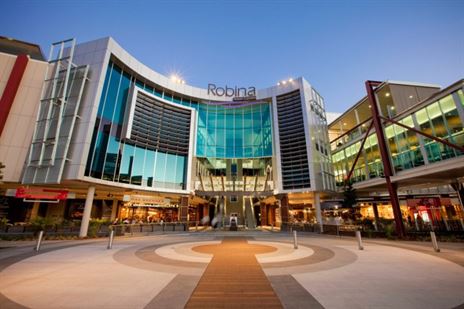There is a big difference between shopping centres and local business strips. Shopping centres are usually pre-planned as a merchandising unit for “interplay” among tenants. Usually, the sites are well-developed for customer’s convenience. This what makes it a good investment, especially for people who are just getting started with their venture.
The purpose of this article is to provide you with some helpful tips on how you can make your investment worth it. This includes finding the perfect location, the landlord-tenant relationship, and the cost picture.

Finding the perfect spot
Make sure the site location is accessible as people always look for convenience. Just like mentioned above, having enough parking space for tenants and customers is a plus point. You should also consider the layout. Make sure it provides an atmosphere for shopping comfort. Adding a decent comfort room or a waiting area can make it more appealing to the people.

Maximising your profits
You have different options when it comes to getting profits. You can resell some of the space, put it on lease, or you can do both. Each can maximise your profit, but the most popular choice is the leasing option.
If you’re planning to put the spaces on lease, you may charge your tenants for extra fees depending on the packages you offer them. For example, they can pay extra if they want more parking space or an exclusive comfort room. Other fees you may include are maintenance fees, water and electric bills, and others. You may also set up a water or electric sub-meter for every tenant so you can easily gauge the rates.
Estimate store sales
One way to estimate your store sales is to make a traffic and pedestrian survey. An experienced retailer in the same merchandise line for which the site is planned can make a reasonable estimate of sales. To make accurate forecast, here are the things you need to find out:
- Number of people passing by during store hours
- Number of people passing buy who will enter the store
- Number of people passing by who made a purchase
- Amount of the average transaction, including trade publication
Experts in real estate Victoria usually categorise this into three: those who enter a store; those who are checking out the stores; and those who pass by without entering or looking. From these, you may able to compute the percentage falling into each classification, including the number of people who will make purchases. For example, if you have 1000 people passing by each day, 5% enters the store, and each spends an average of $8, a store on the particular site which operates 300 days a year will have an approximate sales volume of at least $100,000 – $120,000.



